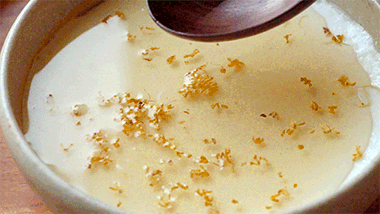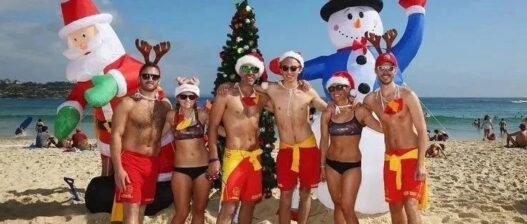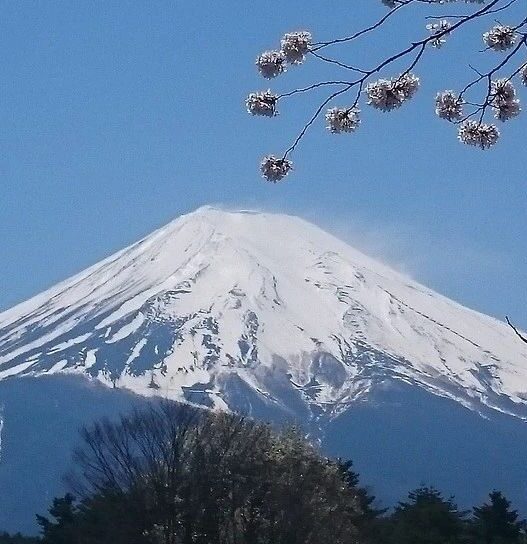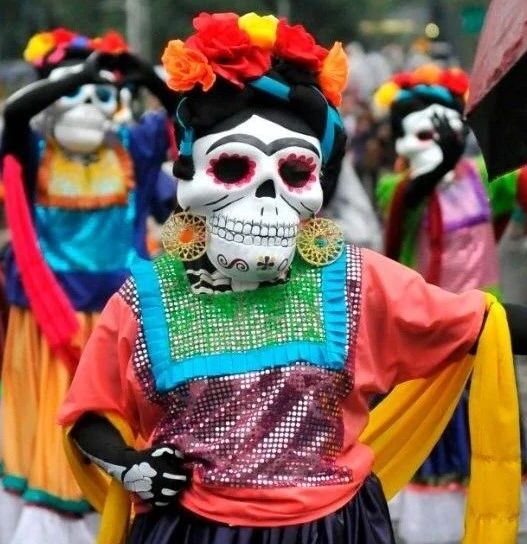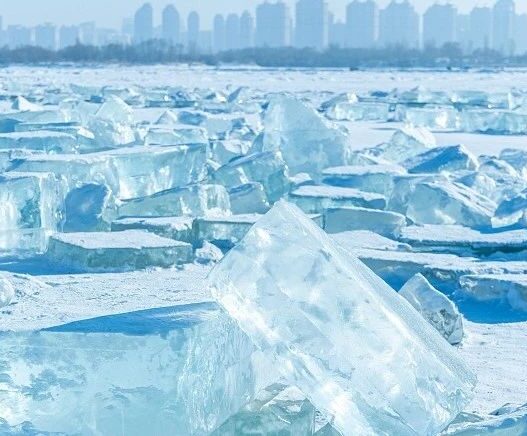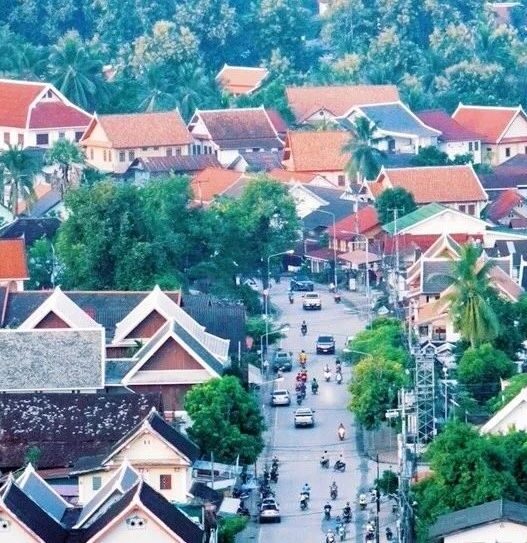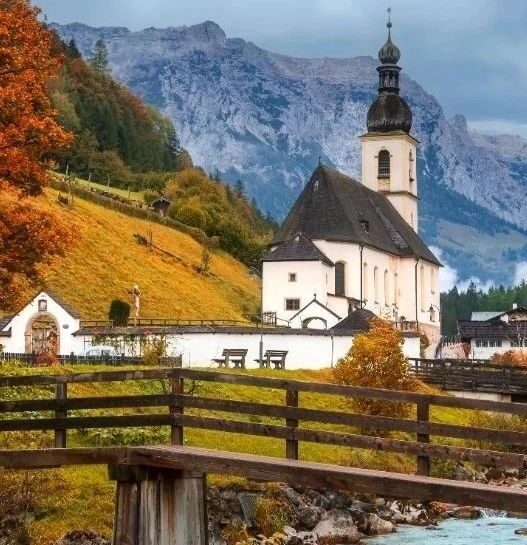Ever imagined Santa ditching his fur for shorts, sunglasses, and a surfboard? That’s the spirit of Christmas on Christmas Island, an Australian territory closer to Asia than the mainland! This unique island celebrates Christmas with light shows, carols, and beach parties.
A Natural Wonderland
Christmas Island’s isolation has led to a unique ecosystem with amazing flora and fauna. This volcanic island in the Indian Ocean is surrounded by cliffs, secret beaches, coves, and limestone caves, creating a haven for unique species.
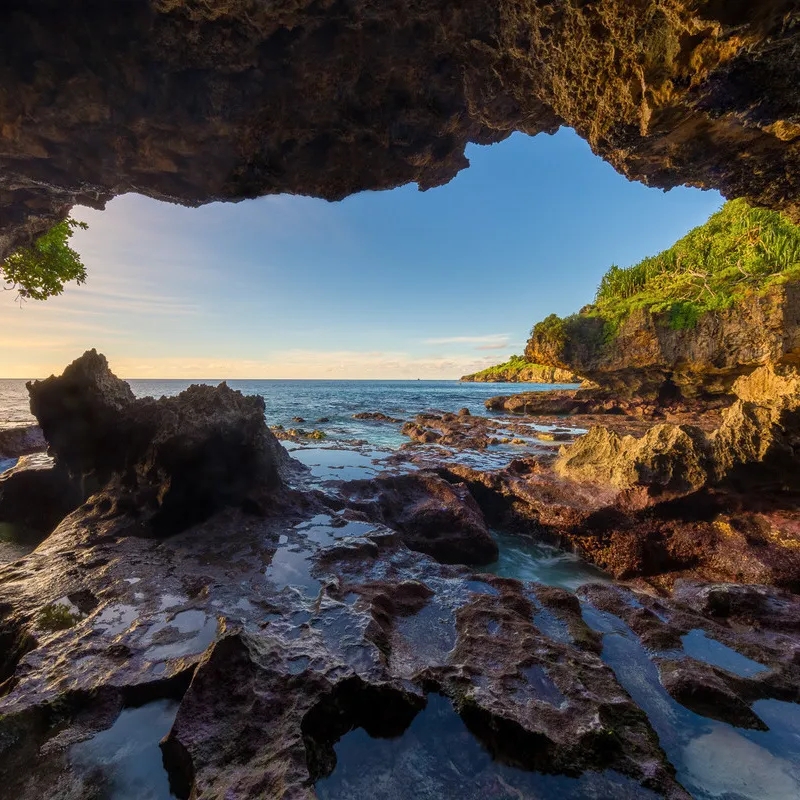
This geography also makes it an incredible place to swim with whale sharks.
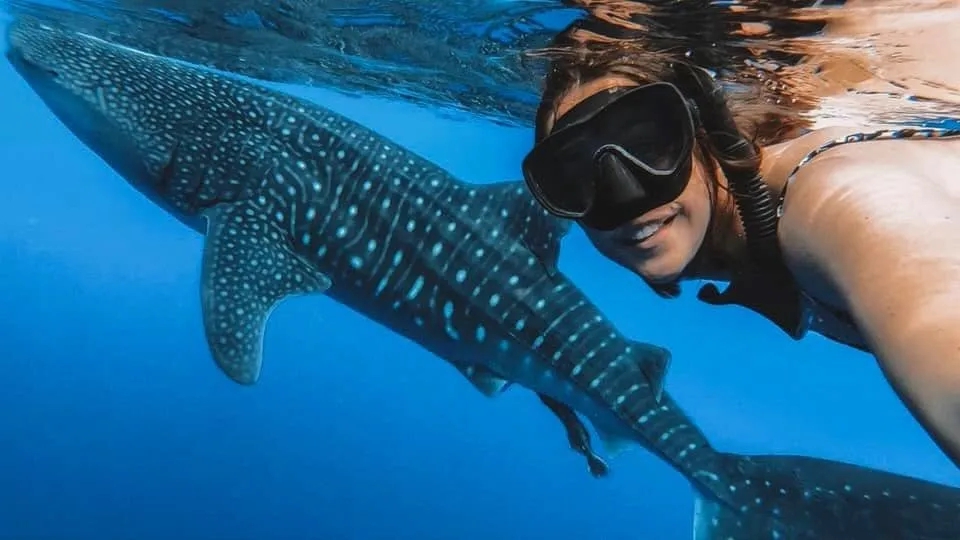
Here you can swim in grotto pools, shower under rainforest waterfalls, and snorkel with whale sharks. You can see rare birds like red-footed and brown boobies.
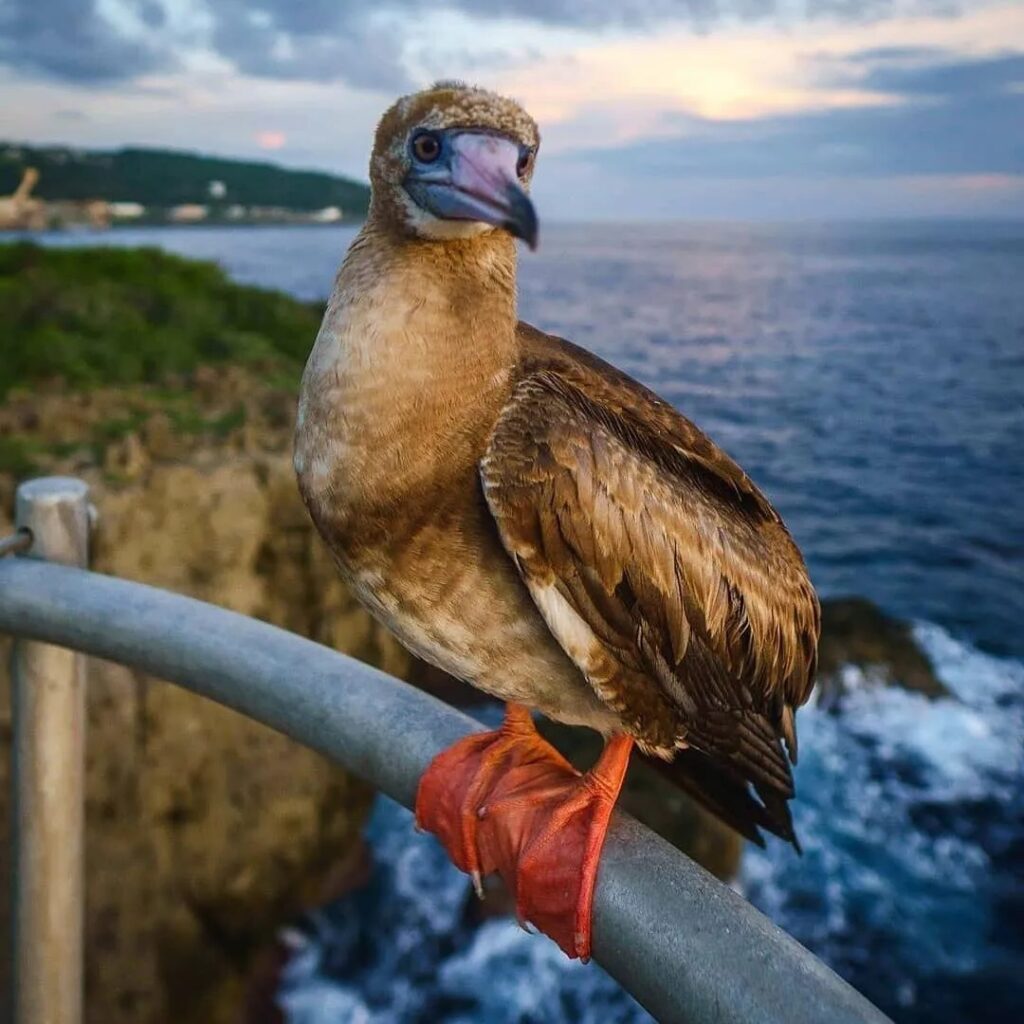
But the island’s most famous spectacle is the red crab migration. Sir David Attenborough, described it as “one of the 10 most memorable moments of his life.”
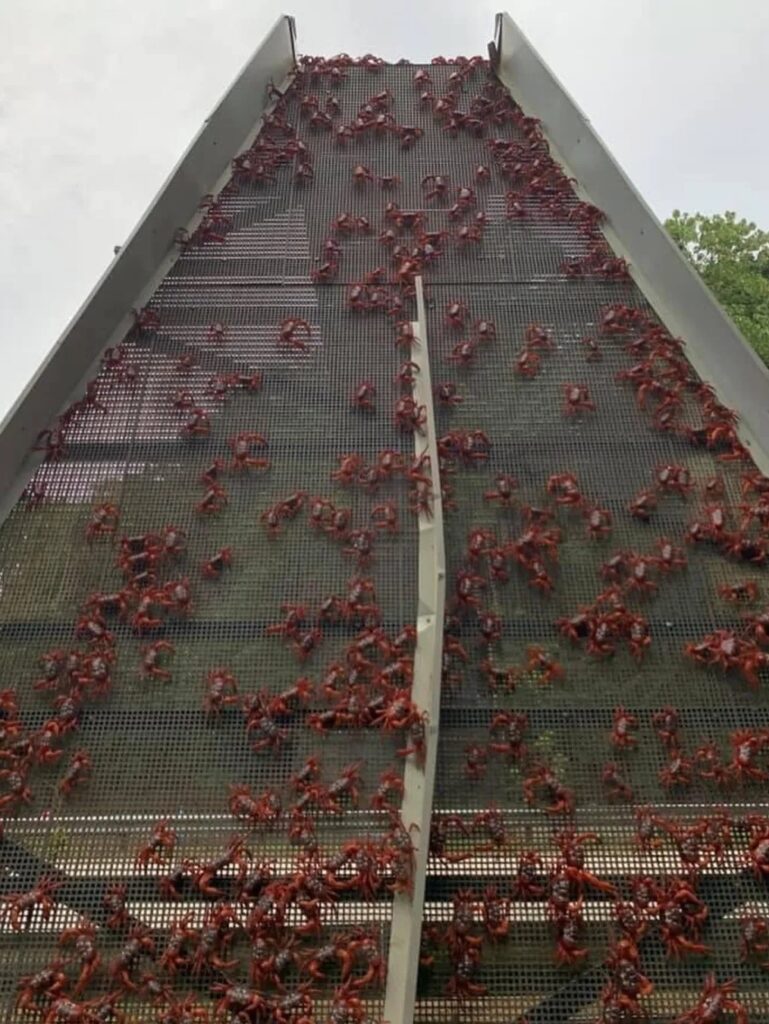
Red Crab Migration: A Crimson Tide
Each rainy season (October to January), Christmas Island transforms as millions of red crabs migrate to the sea to mate and spawn. The scale of this event, where millions of crabs carpet the land, is one of the planet’s most remarkable natural spectacles.
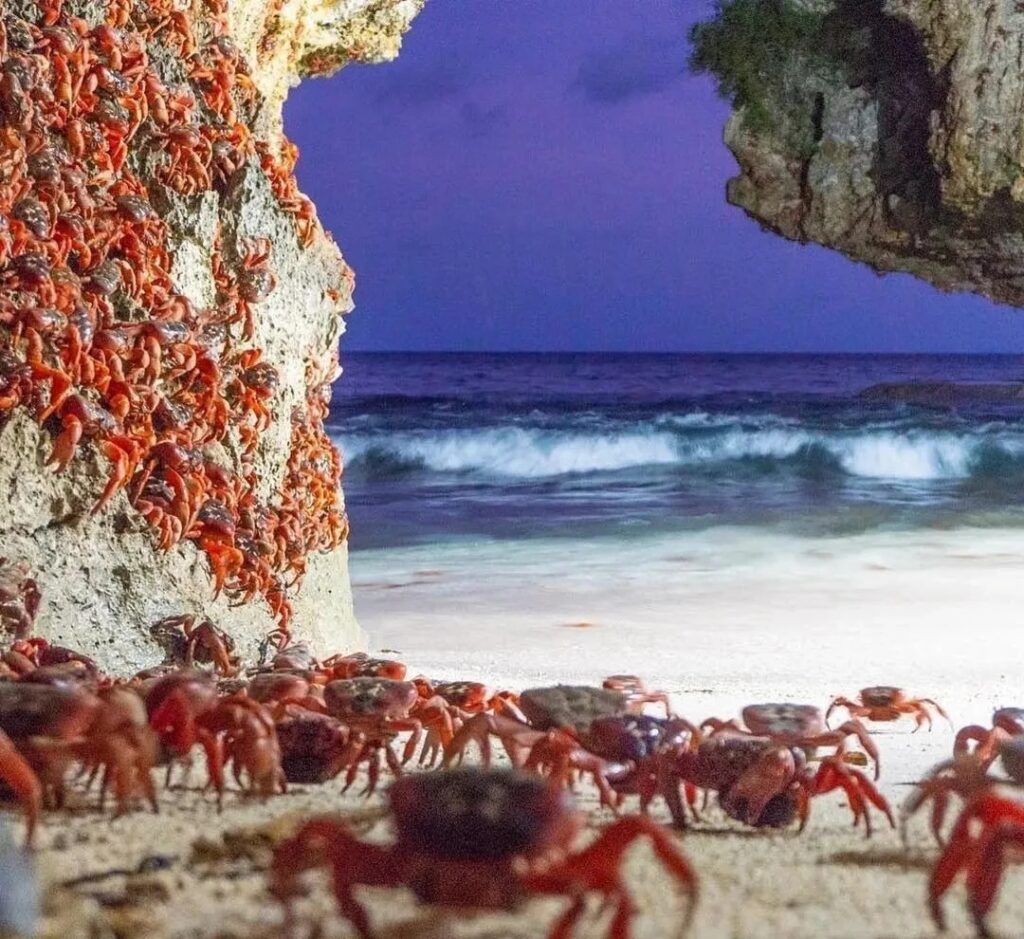
The migration is triggered by the first rain. The males usually lead, followed by the females. It lasts about 10-14 days so to see it, it’s best to stay a week or so. If you’re lucky, you might even see 120 million crabs on the move during Christmas or even Chinese New Year! Roads are sometimes closed, or crab bridges are built to allow the crabs to cross safely. Driving here becomes a unique island ritual, carefully navigating around these creatures.

The most predictable event is the spawning, when females release their eggs into the sea during high tide, often in the early morning hours of December. You’ll see baby crabs emerge from the eggs, then scurry towards the ocean. Aside from red crabs, the island is home to 14 other species of land crab, including the stunning blue Christmas Island crab and the large, thieving robber crab.
Birdwatcher’s Paradise
Prepare to see lots of tropical birds! Christmas Island is a birdwatcher’s dream, offering diverse habitats and numerous opportunities to spot local and migratory birds:
Start from the Golf Course Lookout for sunrise views, and then to Lily Beach, where you can enjoy brunch while watching nesting birds. Then head to Ethel Beach, and finally, visit the booby bird nesting areas.
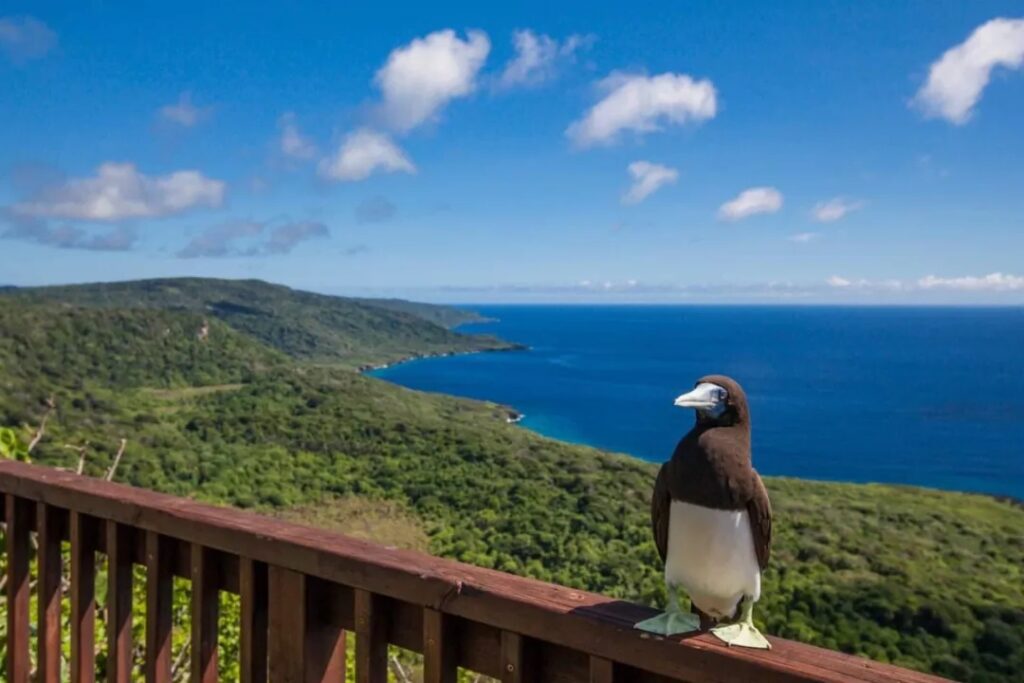
The annual Bird ‘n’ Nature Week allows visitors to explore the island with scientists. You’ll learn about tagging birds, collecting data and more. You may also be able to add a trip to the Cocos Islands.
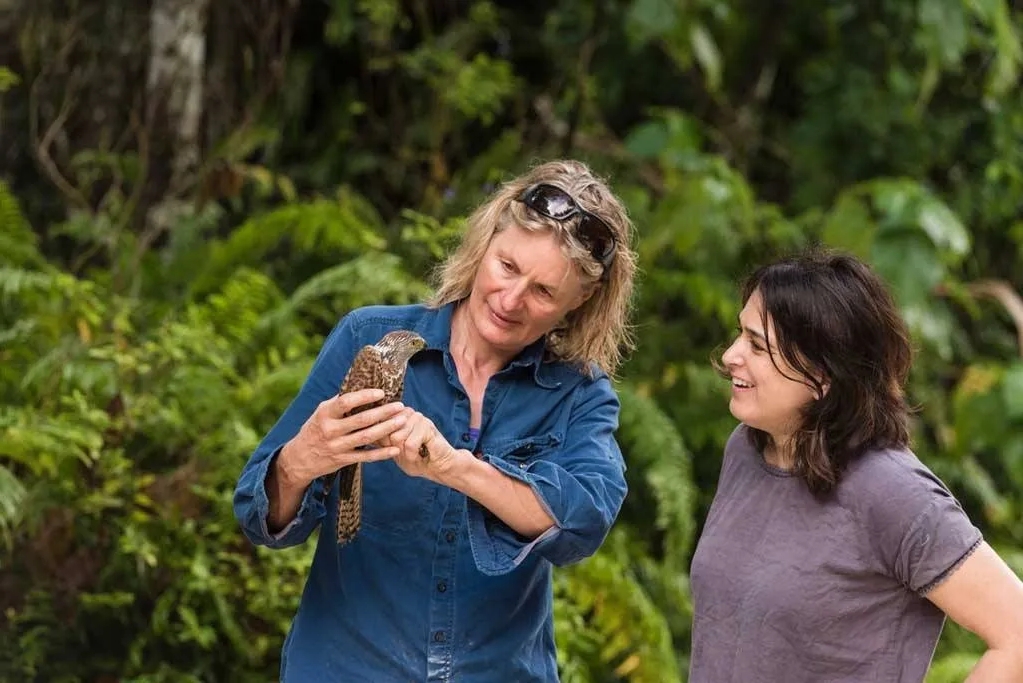
The Lazarus Lizards
Hidden in the rainforest, the Pink House is a research center and sanctuary. Its “Lizard Lounge” (open on Wednesdays) is home to blue-tailed lizards, a species brought back from extinction. The lizards move through the greenery like living emeralds, symbols of resilience.
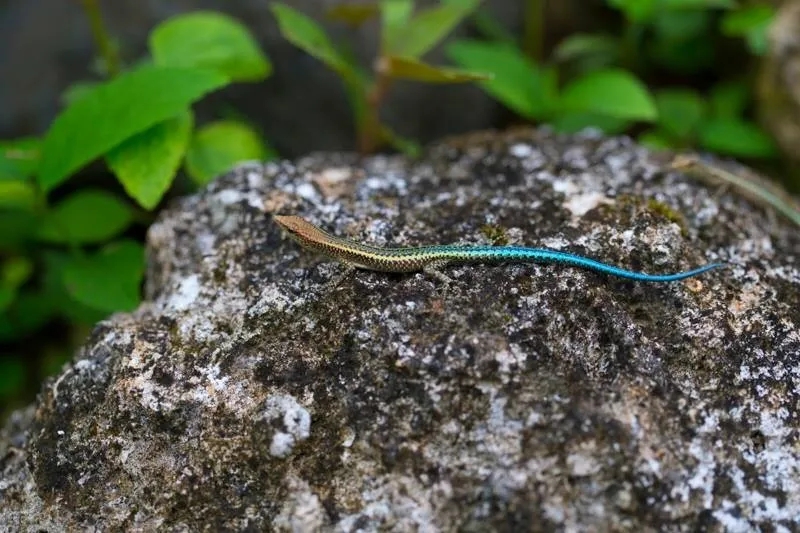
Turtle Hatching: A Coastal Spectacle
Green and Hawksbill turtles roam the waters off Christmas Island. The turtles come ashore to nest from November to March, making Dolly and Greta Beaches nesting sites. The hatchlings, like tiny lights, make their way to the ocean during the night and early morning. In Flying Fish Cove, you can snorkel or dive with these creatures, marveling at their elegance.
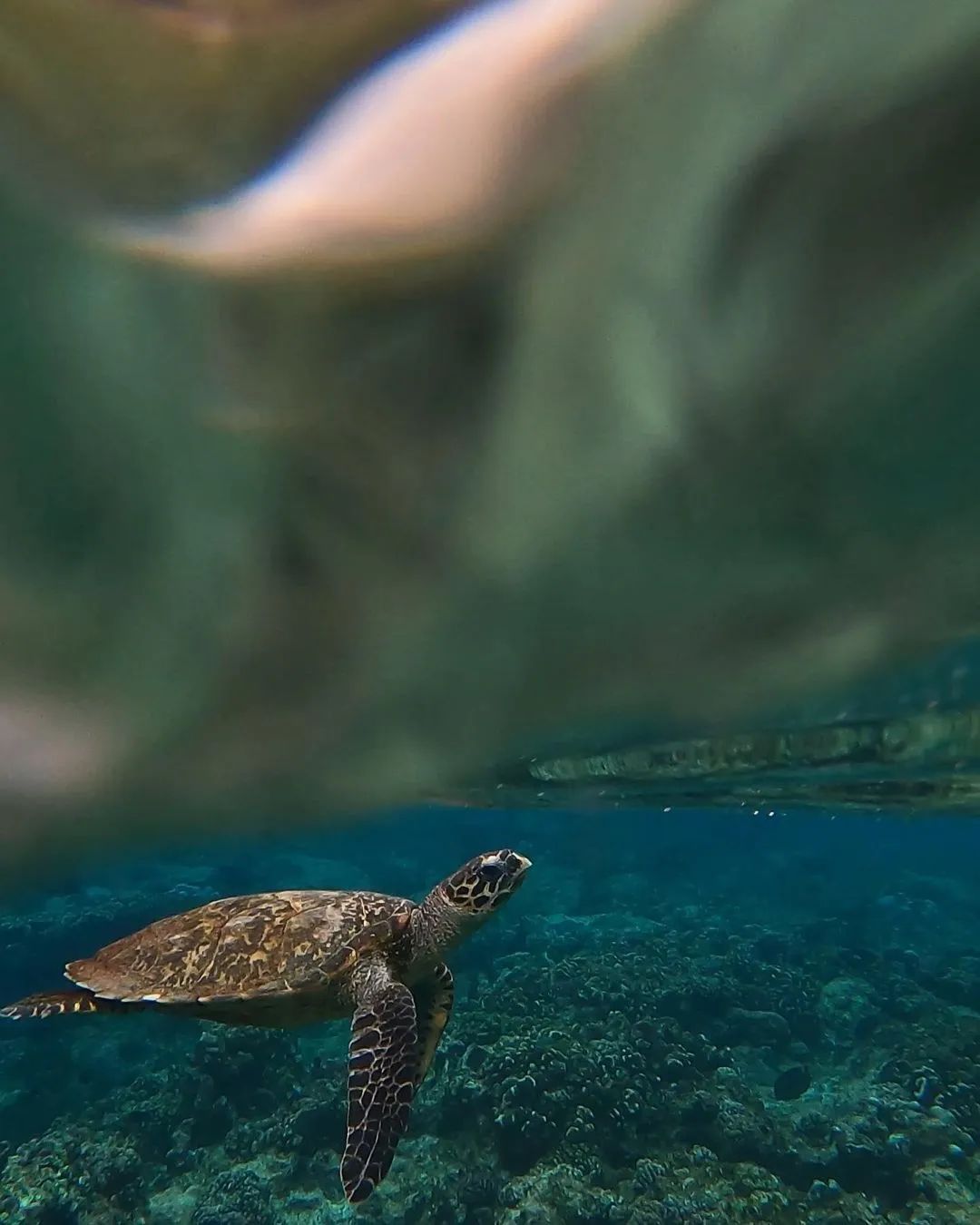
Indian Ocean Beaches: A Summer Paradise
Christmas Island offers a unique Christmas experience: sun-kissed beaches and warm ocean waters. Stroll on the warm sands, dive into the turquoise waters, and watch vibrant tropical fish. You’ll hear the ocean singing a unique holiday song.
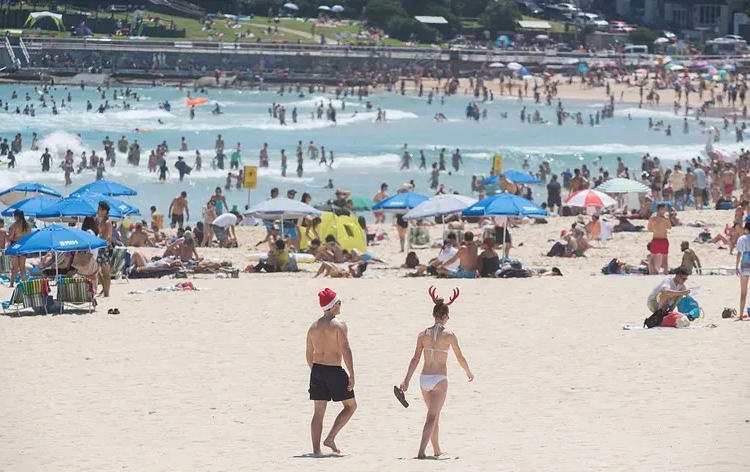
Dolly Beach
Named one of Australia’s most beautiful wilderness beaches by Australian Geographic, it’s the perfect place for a private beach day. It is surrounded by coconut trees, and only accessible via a forest boardwalk. The turtles nest here often from November to January.
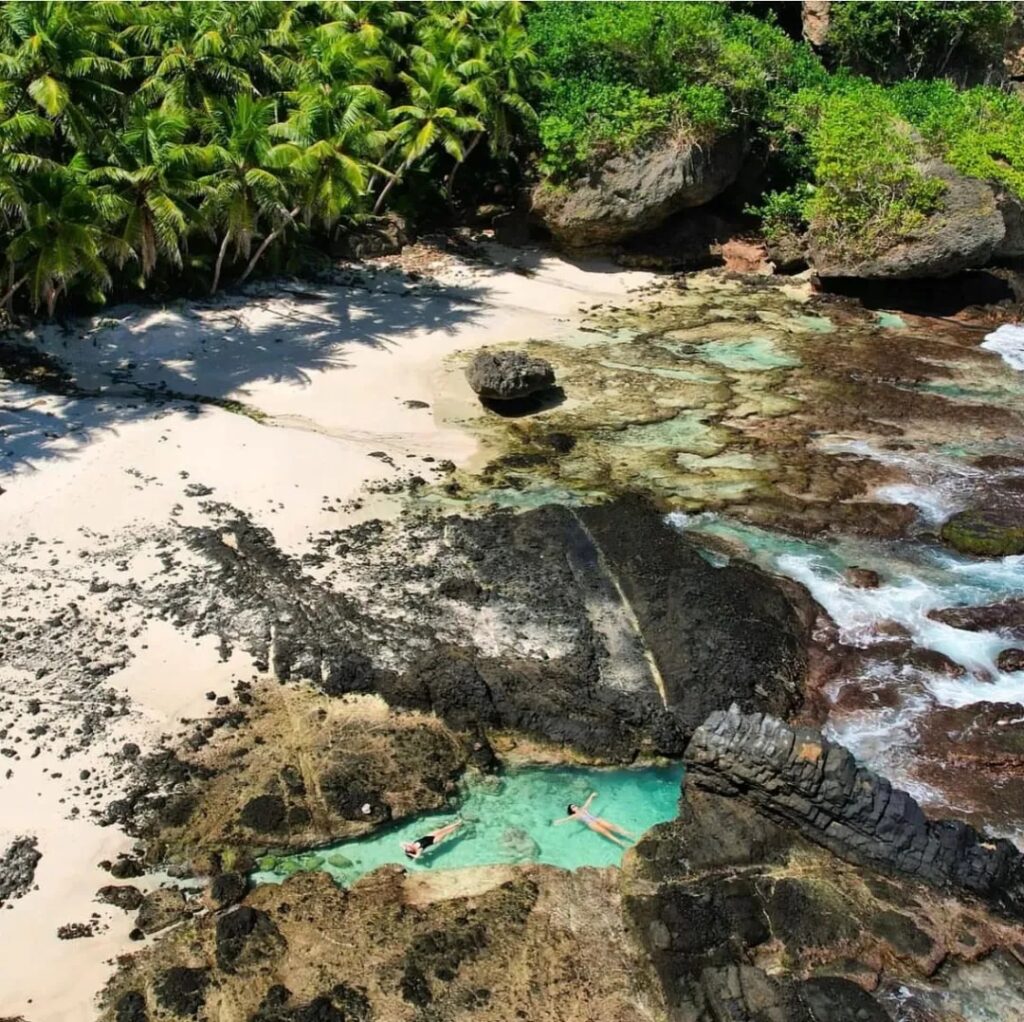
Christmas Island Coastline
Christmas Island boasts 80km of coastline, a mix of cliffs, coves, and small sandy beaches. The tiny Merrial Beach is only accessible during low tide.
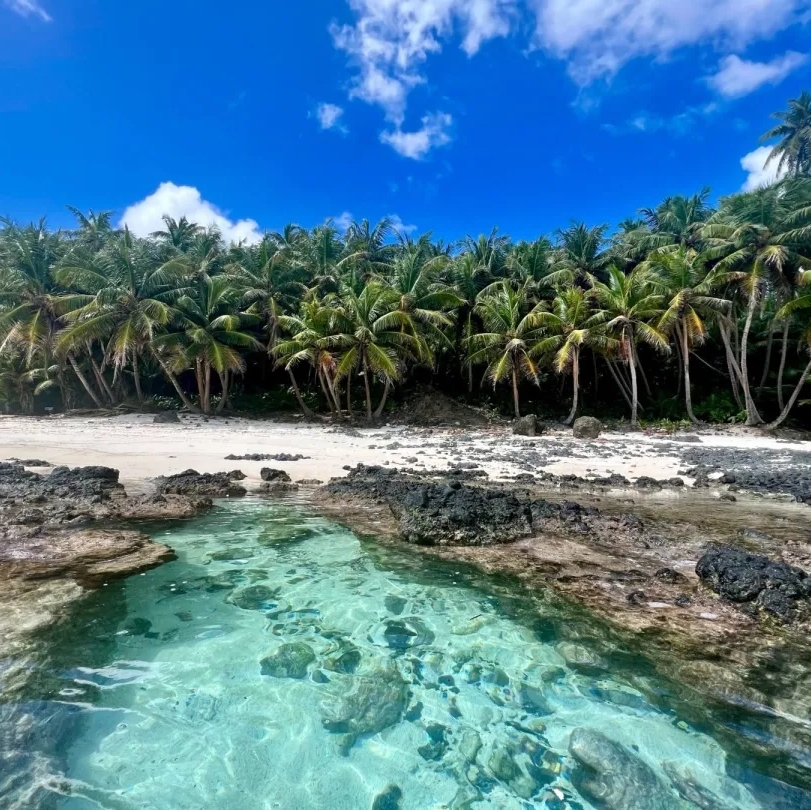
Diving & Snorkeling with Whale Sharks, Turtles, and Coral
The water temperature remains inviting year-round, but the best time for diving depends on your interests. The dry season from May to September is best for general diving and beach relaxation, while the rainy season (November to April) is ideal for seeing crabs or swimming with whale sharks.
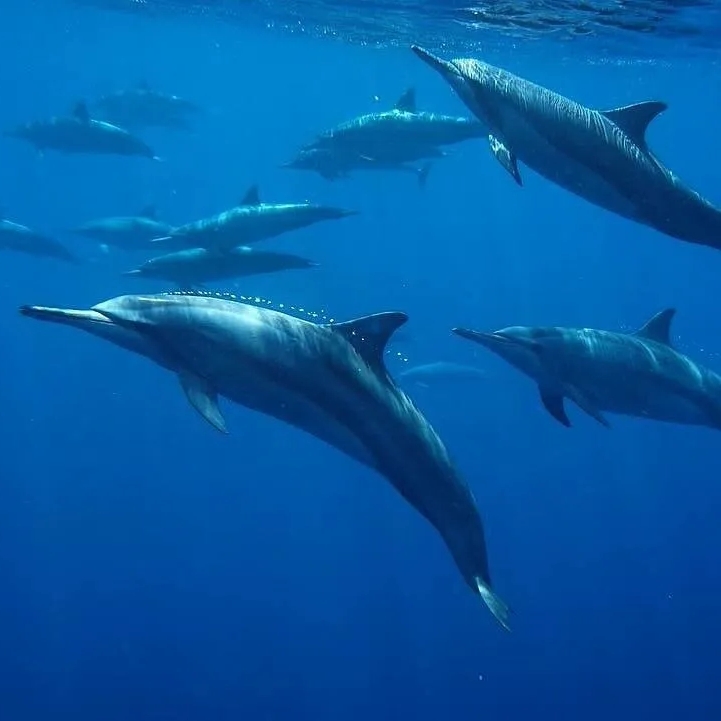
During the Christmas season, experience the magic of swimming with whale sharks, tropical fish and coral. Explore shipwrecks and see colorful fish, giant trevally, and sea turtles. The waters around Christmas Island drop suddenly from shallow shores to depths of 500 meters creating a diving paradise.
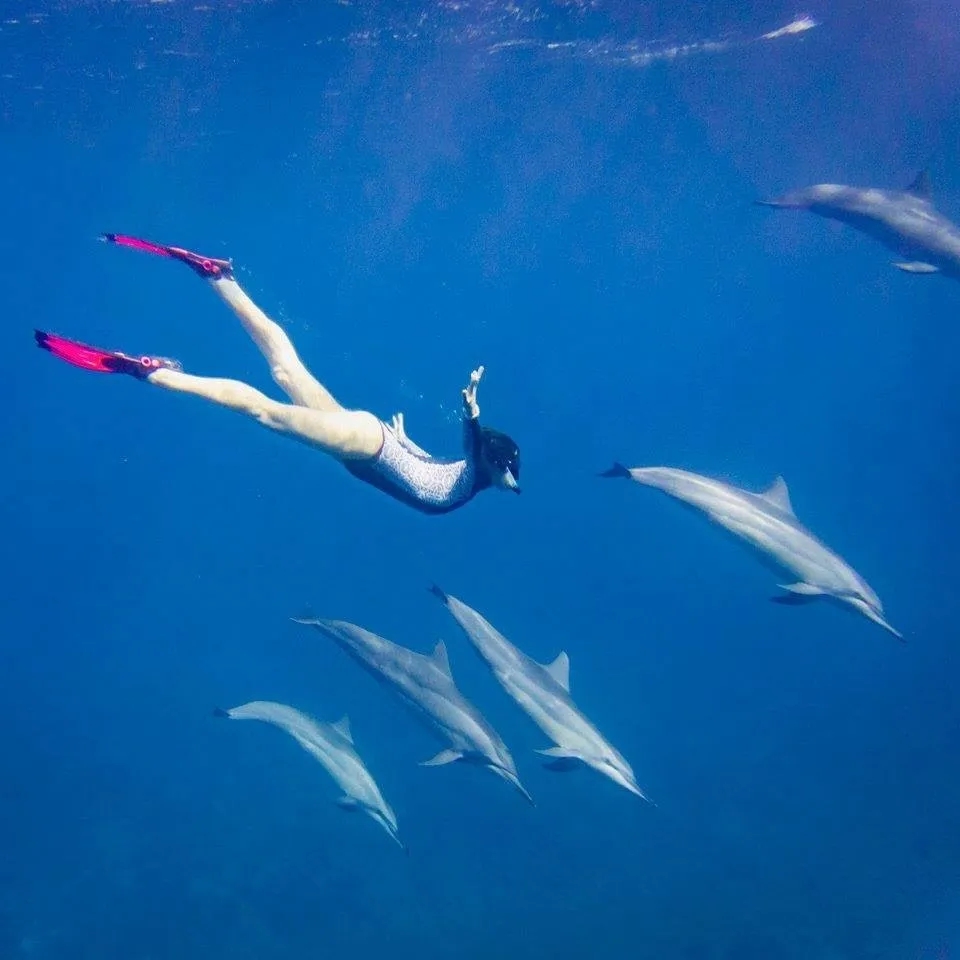
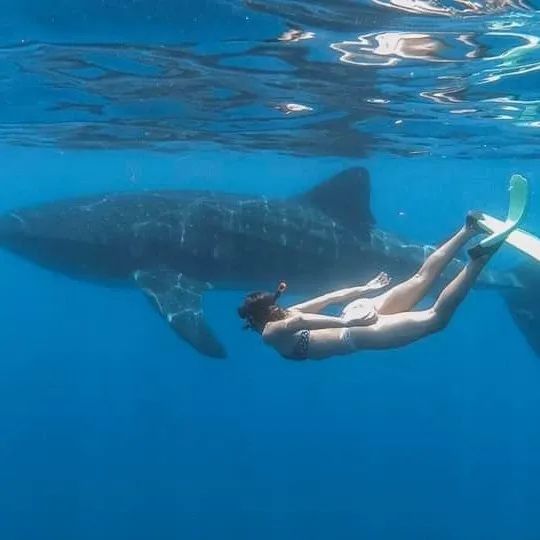
Submarine Rock
Just 35 minutes by boat from Flying Fish Cove, Submarine Rock offers 20-meter visibility and warm waters of 28°C. The cliffs are covered in brown stone coral and you’ll see reef fish, white-tip sharks, tuna, jackfish, and giant trevally.
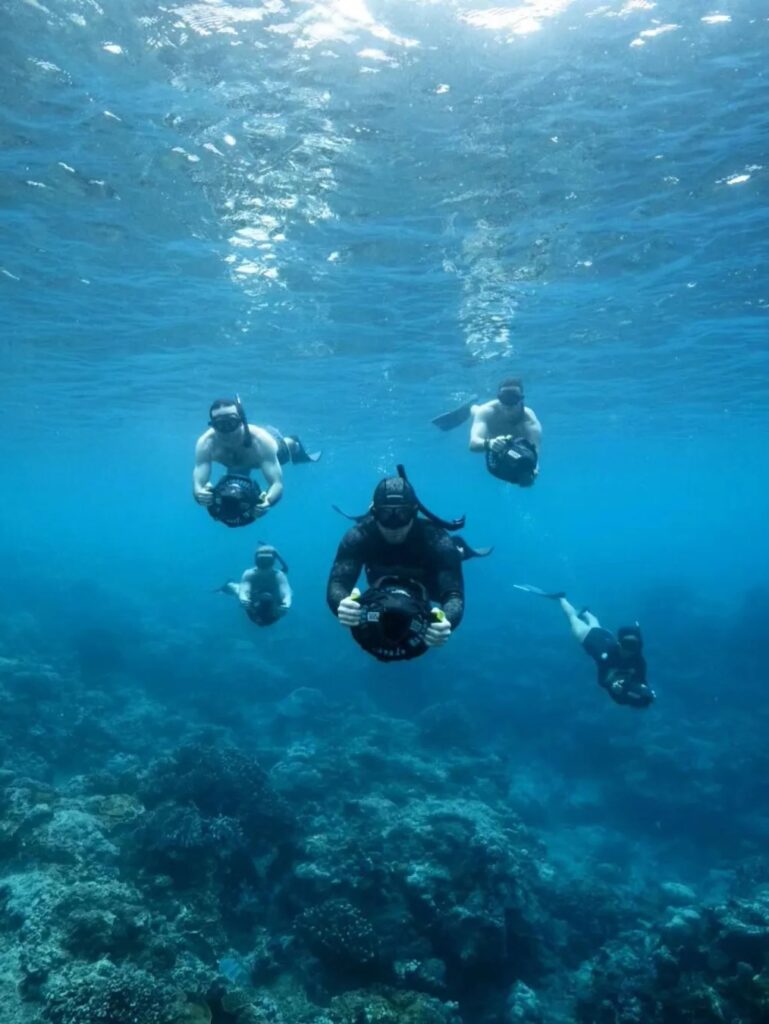
The Morgue
This area is popular for deep dives. The shallow areas, with strong currents, are great for experienced snorkelers. The site slopes down to 40 meters with rocks, corals, and reef fish, as well as white-tip sharks, and other large fish. You might see a large school of barracuda at the surface.
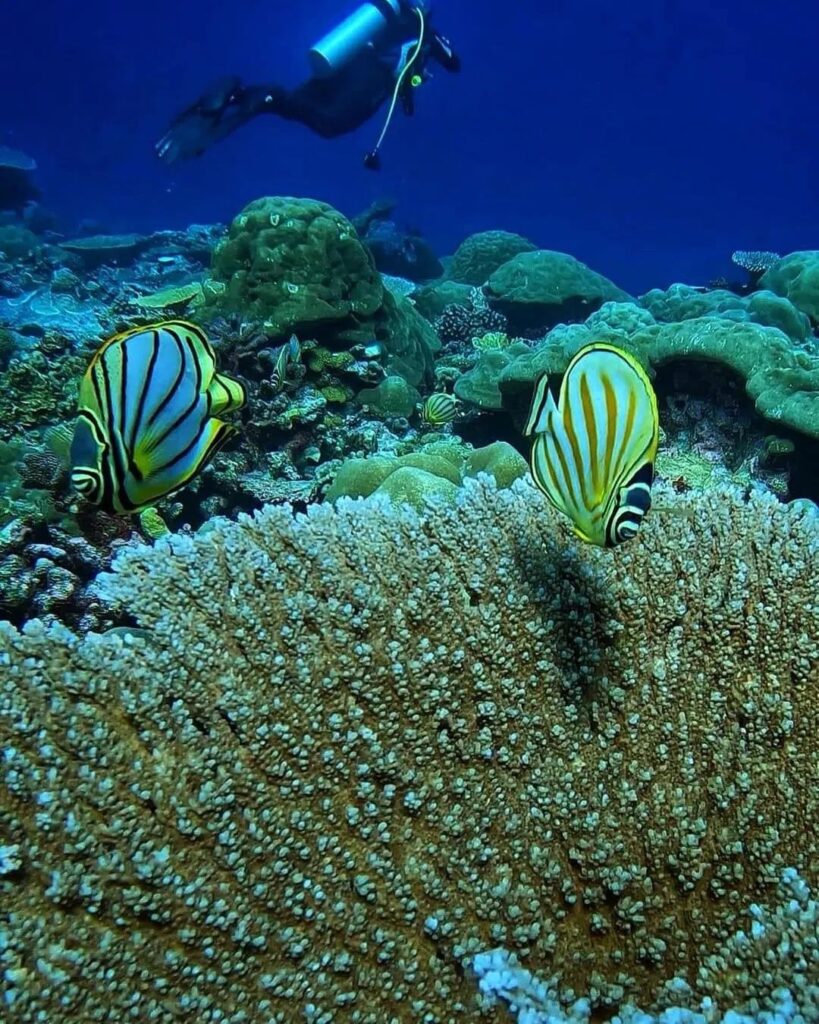
Flying Fish Cove
Flying Fish Cove is the main settlement on the island, and the only natural harbor, along with the largest beach on the island. It’s known for clear shallow waters and coral reefs, as well as the occasional turtle. The area is home to red-footed boobies, brown boobies, and frigate birds.
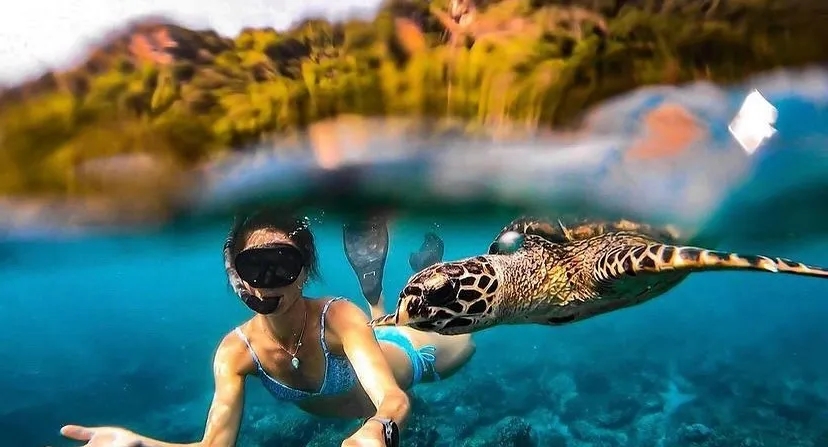
The best places to watch sunrise are at Ethel Beach and Lily Beach.
Conclusion
The dry season (May to September) is best for diving and beach time. But for the crab migration or swimming with whale sharks, plan your trip during the rainy season (November to April).





